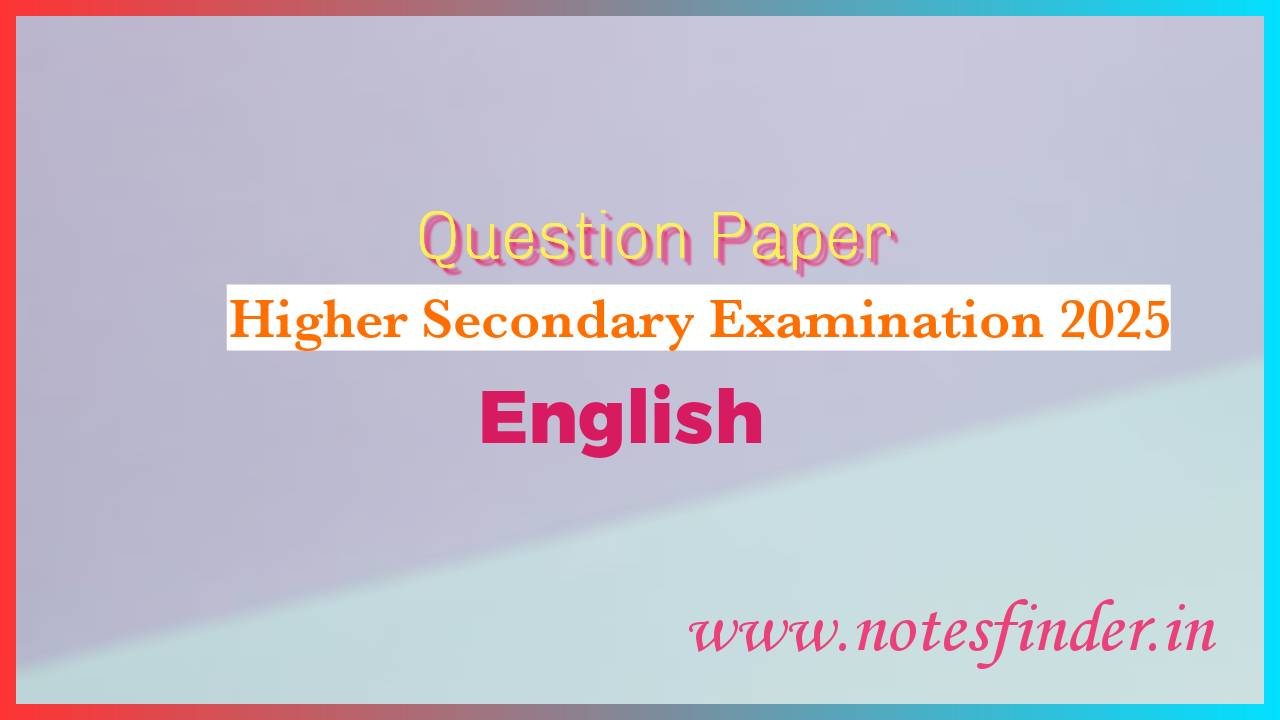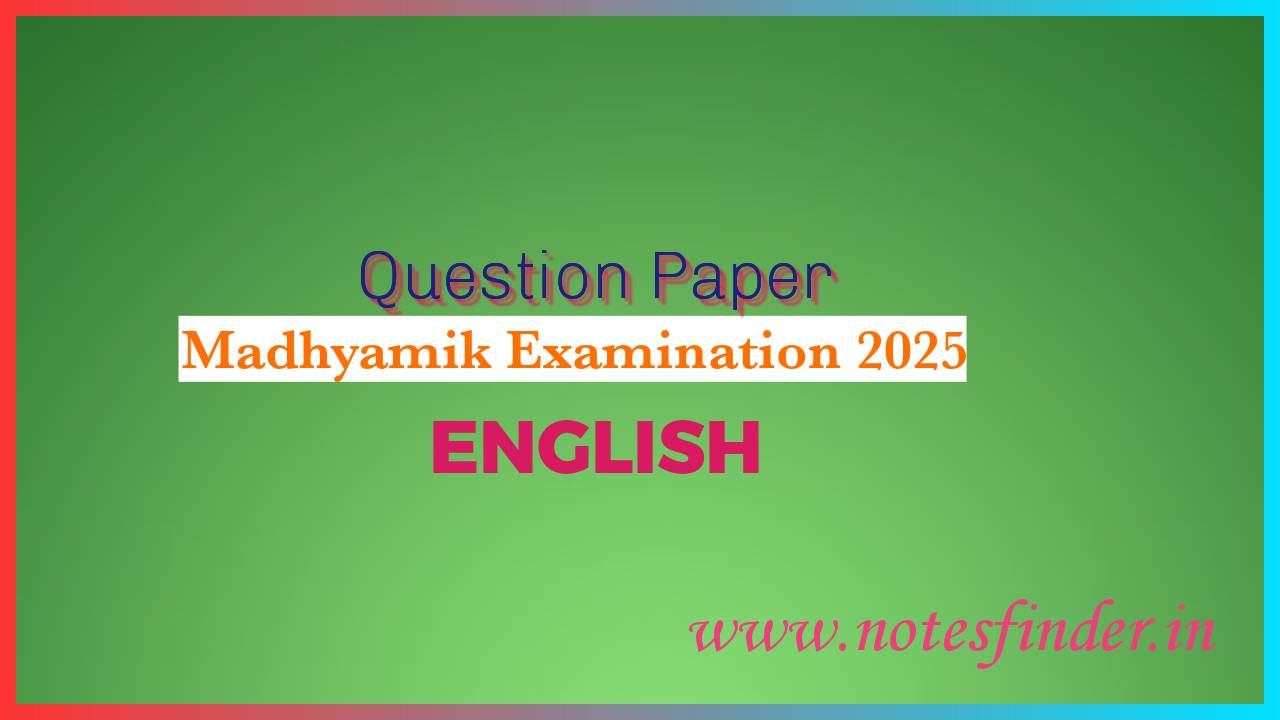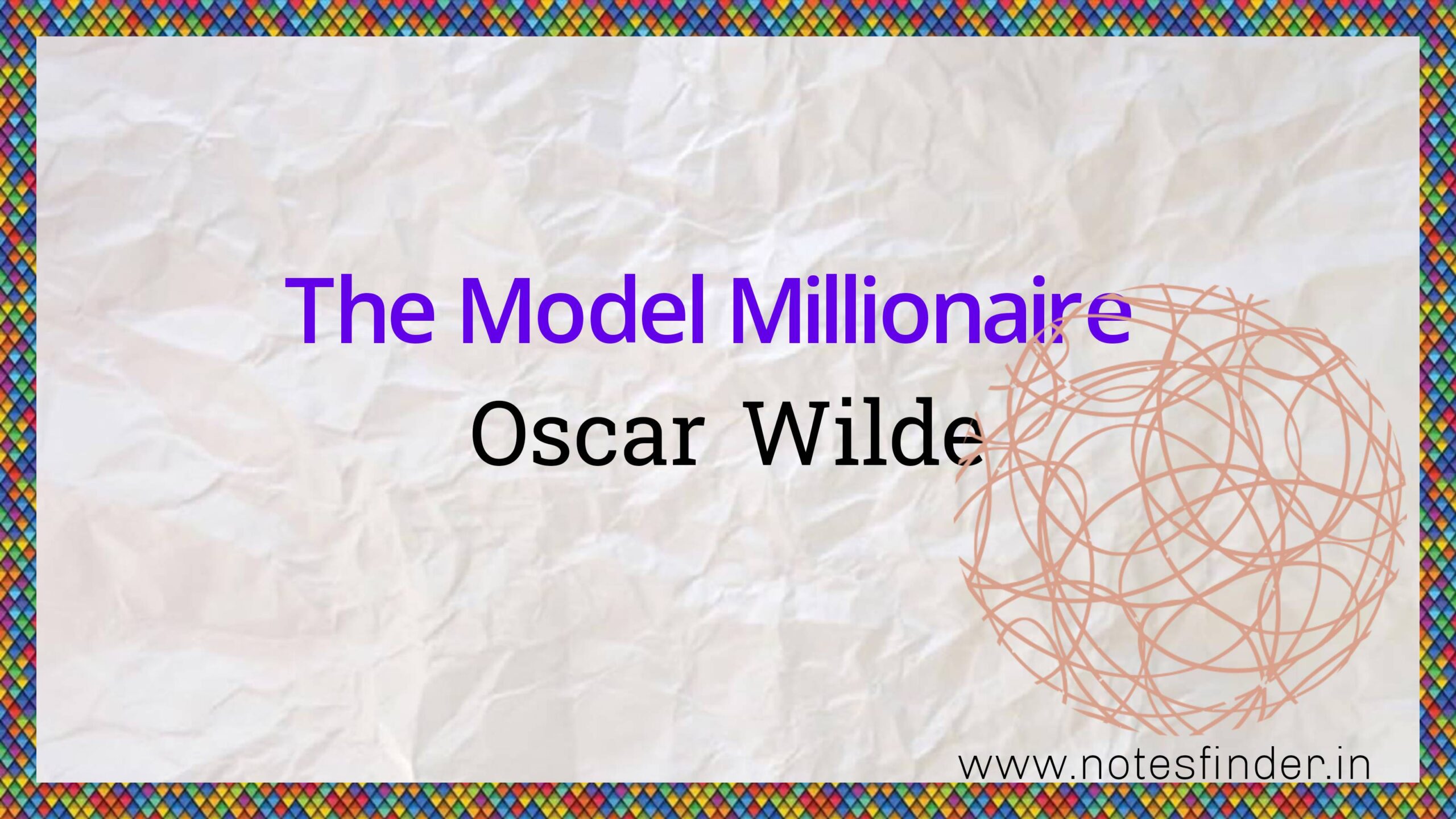1. Describe the lover’s journey at night to meet his beloved.
Or,
Give an account of the lover’s journey to his beloved in ‘Meeting at Night’.
Or,
How does the poet in “Meeting at Night” meet his beloved.
Ans: Robert Browning’s poem “Meeting at Night” beautifully captures the essence of a lover’s journey, weaving together the elements of longing, determination, and the ultimate triumph of love. The object of his affection resides in a secluded farmhouse nestled across the bay. Under the enchanting glow of a yellow half moon, the determined lover embarks on a nocturnal rowing expedition across the vast expanse of the grey sea. His unwavering determination propels him forward, and his boat gently glides upon the slushy sand of the bay. Then the lover embarks on a mile-long trek along the sea-scented beach, guided solely by his unwavering love. After crossing three fields, he finally arrives at his destination – a humble farmhouse where his beloved awaits.
2. Consider Browning’s poem, ‘Meeting at Night’ as a love poem.
Ans: “Meeting at Night” by Robert browning is a love poem that follows the journey of the speaker through a mysterious landscape. He is determined to meet his cherished love who resides in a secluded farmhouse. So he embarks on a nocturnal rowing expedition across the grey sea at night. Upon reaching the bay, he walks a mile along the beach and then crosses the darkness of three fields. Finally, he arrives at the farmhouse. He taps the window and his ladylove responds to him immediately by scratching a match. They meet and enjoy the pleasure of their meeting. The beating of their passionate hearts suppresses their voices. In conclusion, “Meeting at Night” stands as an exquisite representation of the profound and all-consuming passion that love can ignite. Through the speaker’s arduous journey and the tender reunion with his beloved, Browning crafts a timeless ode to the power of love, reminding us of its ability to transcend all barriers.
3. What does the speaker observe in the course of his journey to the farmhouse in the poem “Meeting at Night”? What does he do as he reaches the farmhouse?
Ans: The lover in Browning’s ‘Meeting at Night’ undertakes an arduous journey to meet his ladylove who resides in a farmhouse across the bay. While he was in his nocturnal night expedition, he observes the grey sea, the long black land, and the yellow half-moon which was large and low in the sky. Besides he observes leaping of the little waves in fiery ringlets from their sleep and the slushy sand where he gently glides his prow.
He taps the window pane once immediately after reaching the farmhouse and signals his arrival.
4. Justify the title of the poem “Meeting at Night”.
Ans: The title “Meeting at Night” aptly encapsulates the central theme of the poem. It deals with the story of a lover who sets out his his journey at night to meet his cherished love. The lover sails on a prow and then walks a mile on the beach and crosses three fields to reach a farmhouse where his beloved lives. Finally, the long cherished meeting between the two lovers is completed.
The phrase “at Night” in the title emphasizes the setting in which the meeting takes place. The night time setting adds a layer of intimacy and secrecy. The title does not reveal the specifics of the meeting or the identities of the individuals involved. It is concise and direct, mirroring the straightforwardness of the poem’s narrative. So, the title is apt and appropriate.
5. “And a voice less loud, through its joys and fears, Than the two hearts beating each to each!” -Whose voice is referred to here? Why is the voice full of joy and fear? Describe the meeting.
Ans: In Robert Browning’s “Meeting at Night” the voice of the poet – lover’s beloved is referred.
The voice is full of joy because the long cherished meeting between the two lovers is fulfilled. The joy in her voice is an expression of happiness and fulfilment of her desires. At the same time, the voice of lady love expresses fear because they are meeting secretly at night. They fear their secret meeting to be discovered or caught by someone.
The loves takes an arduous journey and reaches the farmhouse where his beloved lives. He taps once on the windowpane. His ladylove responds immediately by lighting a match inside the house. Then she whispers in joy and fear. As they reunite, the heartbeats of two passionate lovers are heard.
6. How does Browning use images and symbols in the poem ‘Meeting at Night’.
Ans: Robert Browning’s poem, “Meeting at Night,” is a masterful composition full of vivid imagery and profound symbolism. Browning employs a plethora of visual images such as “grey sea”, “long black land”, “yellow half-moon”, “startled little waves,” and “blue spurt of a lighted match” to transport the readers into his world. These images allow us to visualize the desolate loneliness of the sea, the vastness of the land, and the flickering passion that ignites within the poet’s heart.
The phrases “tap at the pane”, ” quick sharp scratch” and “hearts beating” resonate with our auditory faculties, creating a symphony of sounds that further immerse us in the poet’s experience. The mention of “slushy sand” conjures up the sensation of wet, cold grains beneath our feet, while the description of a “warm sea-scented beach” transports us to a place where the salty aroma of the ocean fills the air.
The symbolism employed by Browning is equally profound. The color ‘grey’ in the phrase ‘grey sea’ symbolizes solitude, while ‘half-moon’ represents the poet’s unattained aspirations. The leaping waves vividly portray the poet’s overwhelming and fervent emotions. Furthermore, the phrase ‘blue spurt of a lighted match’ evokes the fiery passion shared by the lovers. Lastly, the mention of ‘two hearts beating each to each’ signifies the fulfillment of their longings.
7. “As I gain the cove with pushing prow
And quench its speed in the slushy sand”
– Who is the speaker? What is cove? What does the phrase, ‘quench its speed’ signify? How is the speaker’s journey continued after gaining ‘the cove’?
Ans: In Robert Browning’s poem “Meeting at Night”, the lover is the speaker who sets out his journey to meet his beloved in a farmhouse across the bay.
After gaining the cove, the lover continues his journey through the warm and sea-scented beach for a mile and then he crosses three fields to reach a farmhouse where his ladylove resides.
Here the ‘cove’ is a narraow cave.
The phrase ‘quench its speed’ signifies the fact that the speaker slows down the boat as it reaches the shore.
Read More Leela's Friend - RK Narayan Multiple Choice Questions (MCQ) from Leela's Friend Short Answer Questions (SAQ) from Leela's Friend Long Answer Questions (LAQ) from Leela's Friend Karma - Khushwant Singh Multiple Choice Questions (MCQ) from Karma Short Answer Questions (SAQ) from Karma Long Answer Questions (LAQ) from Karma Jimmy Valentine - O. Henry Multiple Choice Questions (MCQ) from Jimmy Valentine Short Answer Questions (SAQ) from Jimmy Valentine Long Answer Questions (LAQ) from Jimmy Valentine Nobel Lecture - Mother Teresa Multiple Choice Questions (MCQ) from Nobel Lecture Short Answer Questions (SAQ) from Nobel Lecture Long Answer Questions (LAQ) from Nobel Lecture The Place of Art in Education - Nandalal Bose Multiple Choice Questions (MCQ) from The Place of Art in Education Short Answer Questions (SAQ) from The Place of Art in Education Long Answer Questions (LAQ) from The Place of Art in Education Composed Upon Westminster Bridge - William Wordsworth Multiple Choice Questions (MCQ) from Composed Upon Westminster Bridge Short Answer Questions (SAQ) from Composed Upon Westminster Bridge Long Answer Questions (LAQ) from Composed Upon Westminster Bridge Meeting at Night - Robert Browning Multiple Choice Questions (MCQ) from Meeting at Night Short Answer Questions (SAQ) from Meeting at Night Long Answer Questions (LAQ) from Meeting at Night The Sick Rose - William Blake Multiple Choice Questions (MCQ) from The Sick Rose Short Answer Questions (SAQ) from The Sick Rose Long Answer Questions (LAQ) from The Sick Rose Brotherhood - Octavio Paz Multiple Choice Questions (MCQ) from Brotherhood Short Answer Questions (SAQ) from Brotherhood Long Answer Questions (LAQ) from Brotherhood Daybreak - Henry Wadsworth Longfellow Multiple Choice Questions (MCQ) from Daybreak Short Answer Questions (SAQ) from Daybreak Long Answer Questions (LAQ) from Daybreak
Class XI English (Mindscapes)Textual Grammar
- Leela’s Friend – RK Narayan
- Voice Change from Leela’s Friend
- Narration Change from Leela’s Friend
- English Grammar (Do as Directed) from Leela’s Friend
- Karma – Khushwant Singh
- Voice Change from Karma
- Narration Change from Karma
- Transformation of Sentences(1) from Karma
- Transformation of Sentences (2) from Karma
- Jimmy Valentine – O. Henry
- Voice Change from Jimmy Valentine
- Narration Change from Jimmy Valentine
- Nobel Lecture – Mother Teresa
- Voice Change from Nobel Lecture
- Narration Change from Nobel Lecture
- Transformation of Sentences from Nobel Lecture
- The Place of Art in Education – Nandalal Bose
- Voice Change from The Place of Art in Education
- Transformation of Sentences from The Place of Art in Education
- Composed Upon Westminster Bridge – William Wordsworth
- Textual Grammar from Composed Upon Westminster Bridge
- Meeting at Night – Robert Browning
- Textual Grammar from Meeting at Night
- The Sick Rose – William Blake
- Textual Grammar from The Sick Rose
- Brotherhood – Octavio Paz
- Textual Grammar from Brotherhood
- Daybreak – Henry Wadsworth Longfellow
- Textual Grammar from Daybreak



